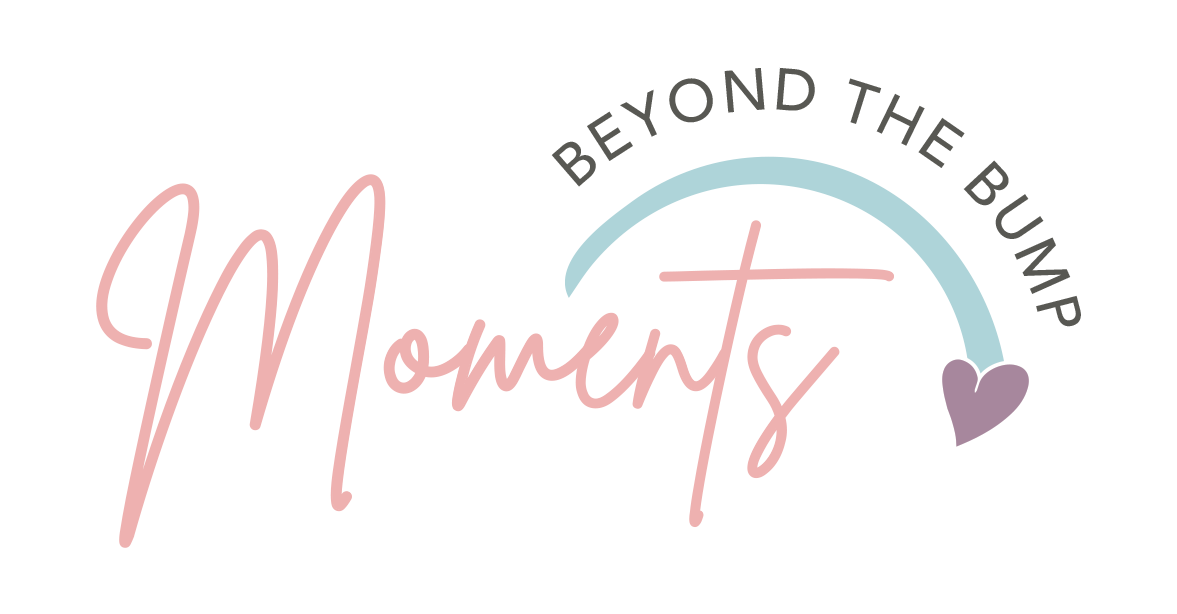How to transition off the bottle
As parents, we often find ourselves navigating various milestones with our little ones. One significant transition is moving away from the bottle and encouraging the use of cups. This shift marks an important step towards independence and healthy habits for our children. In this guide, we will explore gentle strategies to help your child drop the bottle while fostering a positive and smooth transition.
1. Introduce the Cup
Before completely eliminating the bottle, it's crucial to introduce the cup as an exciting alternative. Choose a cup that is age-appropriate and easy for your child to hold. Introduce it during mealtimes or as a special "big kid" drink during playtime. Offer water or a small amount of milk in the cup, allowing your child to explore and become familiar with this new drinking vessel.
2. Gradual Reduction
Rather than abruptly taking away the bottle, opt for a gradual reduction of bottle feedings. Begin by removing one bottle feeding a day, replacing it with a cup. For example, start with the mid-morning feed or the afternoon snack time. Encourage your child to drink from the cup during these moments and offer praise and reinforcement for their efforts.
3. Make it Fun and Engaging
To make the transition more exciting, seek creative ways to engage your child with their cup. Use colorful and attractive cup designs with their favorite characters or animals. Encourage them to choose their cup and involve them in shopping for it. Consider using reusable straws or fun-shaped lids to further capture their interest. By making the cup appealing, you'll help your child develop a positive association with it.
4. Lead by Example
Children often learn through observation, so demonstrate the use of a cup in your daily routine. Let your child witness you using a cup for your own drinks. Take sips together, highlighting the enjoyment and independence that comes with using a cup. Emphasize that using a cup is a part of growing up and doing things the way grown-ups do.
5. Be Patient and Understanding
Every child is unique, and the transition from the bottle to the cup may take time. Your child might experience resistance or show hesitation initially. Stay patient, understanding, and supportive throughout the process. Offer gentle encouragement, reassuring them that they are doing a great job and remind them of their
